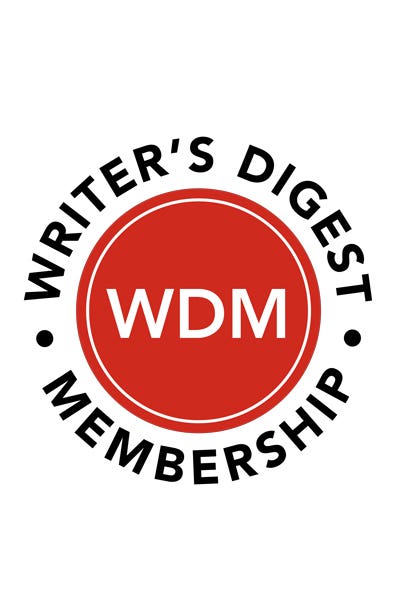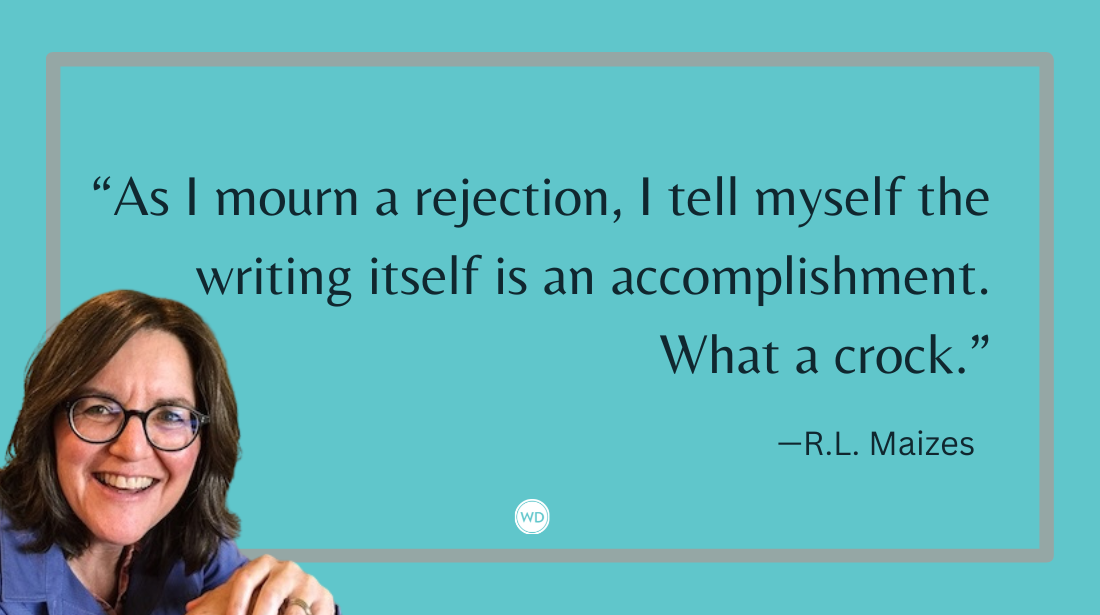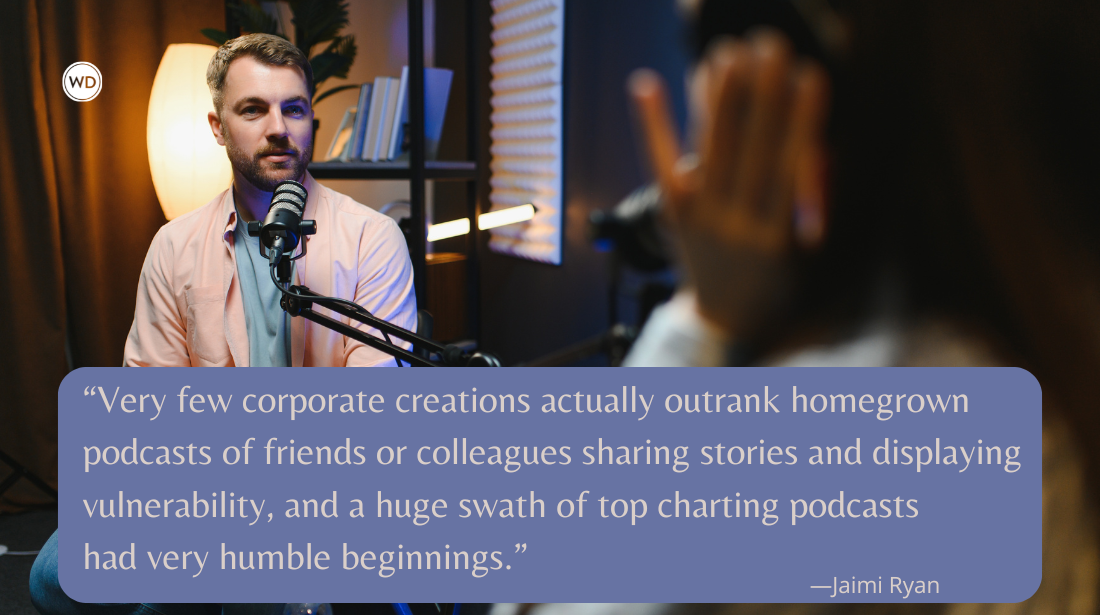The Long Wait of the Publishing Process
Author John Bateson shares his experience with the long wait of the publishing process, from idea to eventual publication.
At some point, almost everyone who has fallen in love with words and stories thinks about writing a book. Sometimes it’s a book that’s targeted for a specific audience such as children, teens, young adults, parents, working professionals, retirees, or seniors. Other times it’s aimed for a broad audience that includes everyone older than 10. More often than not, the book is a novel because that way you, as the writer, get to make up things, live in a world of your choosing, and inhabit characters you fancy. If you think that you have a blockbuster idea, it’s not much of a leap to fantasize the novel as a future bestseller that garners a movie option. All that’s left is to write it.
Many people never get past the first sentence. It has to be something that grabs the reader and makes them want to read more, so there’s a lot of pressure to get it right. If you’re fortunate enough to do that, you have to write the next sentence, which begins to introduce one or more characters and the storyline. Perhaps the sentence after that isn’t too hard, or the next one, until—voila—you have a chapter. It’s good and you’re proud of it, but upon reflection it could be better. That’s why you begin editing it, wanting to make it perfect, or nearly so.
Once you’re satisfied, you move on to the second chapter. It has to build off the first chapter, but how should it start and where should it go? There are so many options, so many directions it can take. What if you choose the wrong one? Looking at a blank computer screen—no one under 60 writes a novel by hand anymore—one is struck by the promise it holds. You take a few stabs at possible openings, but all of them lead to dead ends and are deleted.
At this point you decide to reread the first chapter. It’s not quite as good as it seemed, as good as you thought it was. It could be a little tighter, a little sharper, a little more evocative. That causes you to edit it again, all the while telling yourself, “This is the work of a writer, too, shaping and molding an initial draft into final form.” At the back of your mind, though, is the thought that this is a form of procrastination, of putting off the real work. A writing instructor—if you have one—will tell you that one shouldn’t begin editing a manuscript until a first draft is completed, but you ignore that advice because—let’s be honest—editing is a lot easier than writing. You have something to improve upon rather than create from scratch.
Well before the end, writers can begin to doubt the merits of what they’re writing. This is natural, especially the first time someone hits a wall. Seasoned writers know to keep at it, to push through, and realize that a rough draft is simply that—rough. Inexperienced writers are more inclined to give up, but perhaps not forever. Most writers tend to fall in love with their words. Upon rereading a manuscript that they’ve set aside for a while, they may find parts that strike them as clever, insightful, or thought-provoking, leading them to believe that the manuscript has promise after all. This provides the motivation needed to finish that first draft. The satisfaction of a completed manuscript, no matter how flawed, can’t be overstated. It’s a major accomplishment to write a book, whether or not it’s published. In many respects, finishing the first draft is the most gratifying part of the process from conception to publication.
With a completed first draft, a writer can begin editing in earnest. In the olden days, meaning prior to the last 10 or 15 years, editors who found kernels of promise in a manuscript worked with writers to flesh out their ideas and shape them into publishable form. Today, given the volume of manuscripts that publishers receive, such attention is rarely possible. Instead, it’s the writer’s responsibility to bring every idea to a successful conclusion, in the process snipping every loose thread and catching—or hoping to catch—every typo and grammatical mistake.
Sometimes, writers have a hard time letting go of a manuscript. There’s the never-ending temptation to make it perfect, to keep polishing it and never be completely satisfied. It’s not uncommon for writers to feel this way even after their book is published; to wish that they could have another crack at it and convince the publisher that it should be reissued (something that rarely happens). More often than not, however, the writer is ready to say good-bye to the manuscript, and looks forward to the day when the first author copies are received. Unfortunately, that day is a long way off.
Getting an Agent
If the book is fiction and the goal is to have it published by a mainstream publisher, the writer needs an agent. This goes back to the fact that thousands of people—truly, thousands—are writing novels these days, and agents provide a vetting function. Most publishers won’t look at unagented manuscripts, so by submitting it to their editing contacts, agents are vouching for it. This is why agents do the work that editors used to do, working with an author to massage a manuscript and make it as polished as possible. It’s a significant commitment of time with no certainty that it’ll pay off, which is one reason why it’s hard to get an agent.
The other reason is because agents receive dozens of queries every month. To have a chance, the writer has to put together a compelling letter, perhaps referencing a conference that they attended where the agent was present, or a book that the agent represented which the writer read and admired, as well as any previous, published work. In addition, the writer typically includes the first 10 or 15 pages of the manuscript to give the agent a feel for the story and the author’s writing style.
After several months, writers might receive a rejection note, or they might never receive any response at all. More and more agents are sending bounce-back notes to email queries stating that, due to high volume, they only respond to ones where they’re interested in seeing more.
Assuming a writer is fortunate enough to have an agent request the full manuscript (agents—and publishers—rarely consider novels in progress), the manuscript goes into the agent’s reading queue. There it sits for another three or four months—and sometimes longer—until the agent has read all of the manuscripts ahead of it.
At some point the agent decides whether they want to represent your book. Given the sheer volume that agents deal with, the odds are against it. Unless the agent is sufficiently impressed by the story, the telling, the characters, and the author’s promise, or just feels a special connection to the author based on a past meeting or previous correspondence, they’ll pass, usually with a brief note that says, “I appreciate the opportunity to consider this. It’s interesting and well-written, but I’m not the right person to represent it.” In other words, “I don’t think I’ll be able to sell it, but thanks for thinking of me.”
The writer has to send out more queries, and hope that another agent is more receptive. Meanwhile, additional months pass and the manuscript languishes.
Agent to Editor
If an agent commits to representing an author, the agent drafts a pitch to send to editors, along with an electronic copy of the manuscript. The pitch incorporates elements of the author’s query letter, and is analogous to the jacket copy of a book, written to spark interest. The manuscript file is reformatted by the agent so that all coding—headers, footers, chapter breaks, page numbers, etc.—is removed, and the text is a long block that can be skimmed easily. Before this, the agent also may suggest that the author change the title, although publishers have the last word when it comes to titles, and most agents don’t worry about it unless an author’s title is overused, misleading, or off-putting in some way.
In terms of submitting the manuscript, most authors want to be published by one of the “big five”—Penguin Random House, HarperCollins, Macmillan, Hatchette Book Group, and Simon & Schuster. The agent will try them, but also submit to smaller, independent publishers, focusing on a particular editor in each company who the agent feels is best-suited to receive the manuscript. Generally, the higher up an editor is, the more decision-making authority they have, which is why top editors receive the majority of submissions.
One limiting factor is whether the agent already has submitted another book from a different author to an editor. If so, the agent won’t submit your book to the same editor until a decision has been made regarding the current submission.
Another factor is that once an editor passes on a book, the agent isn’t supposed to submit it to another editor in the same company, even if there are dozens of inhouse editors and their interests vary. Moreover, if the publisher has multiple imprints, as all big publishers do, the agent may not be able to submit the book to an editor at one these imprints, either. Some publishers consider a rejection from an editor at one imprint to be a rejection from editors at all of their imprints. Penguin Random House is an exception, in part because it has dozens of imprints (including Viking, Doubleday, Ballantine, Crown, Knopf, Putnam, Riverhead, Vintage, Bantam, and Dutton, to name a few).
Once the agent submits your manuscript to an editor, a whole new waiting period begins. Editors, like agents, have queues of books to be read, books submitted by other agents that they have agreed to consider. It takes several months to get to the top of the queue, and in many respects this is the hardest time for a writer. You’re so close, it seems, and anxious to hear good news. For this reason, it’s tempting to hound an agent for updates. All that the agent can do, however, is nudge an editor if they haven’t responded after three or four months. Depending on the time of year, three or four months can be optimistic. Things slow down considerably in the summer, as well as during the holiday season. That’s why most agents encourage writers to start another book in order to get their mind off the current one.
More often than not, an editor will pass on a book. As with getting an agent, the odds of securing a publisher are small. At least the editor sends your agent a personal note, although the note usually is short—just a complimentary word or two to encourage the writer and show the agent that the editor read the book. Invariably, a rejection ends with the editor saying that the book “isn’t quite right for my list.” It’s a euphemistic phrase meaning that the editor didn’t see enough sales potential to justify the publisher’s time and money, but another editor and publisher might think differently.
Editor to Published Book
If an editor reads your book, likes it, and thinks it has promise, the wait isn’t over. That’s because if the author is unknown, editors may ask another editor to give the book a quick read and provide feedback. Sales and marketing people may be brought in to comment as well. Only after everyone is behind the book is an agent able to tell an author that someone wants to publish it. After that a contract is negotiated that specifies rights, royalties, delivery dates, advance, title, trim size, author’s copies, distribution, and other matters. The agent’s share of the author’s advance and any royalties that are earned is 15 percent, and comes off the top.
Once a publisher has committed to a manuscript, the wait still isn’t over. This is because the book goes into the publisher’s queue. One of the more important decisions is when the book appears in an upcoming catalog. These catalogs, which are used by bookstores to place orders, and by online retailers to tease readers into preordering new titles, come out twice a year, in the spring and in the fall. If your book just misses one catalog, it’s six months until the next one.
Unless a book is written by John Grisham, Jodi Picoult, Michael Connelly, or another bestselling author, the gestation period for it is roughly the same as the gestation period for an elephant, which is to say two years from the time a final draft is completed to the time when the book is published. This is one of the reasons why many authors self-publish. With self-publishing the queues are eliminated and the timeline is shortened considerably. Also, authors control the title, cover, page layout, font, and other elements, and the royalty rate is much higher, close to 70 percent versus 10 or 15 percent with a traditional publisher.
On the downside, the book isn’t professionally edited or designed, and many book reviewers and publications don’t review self-published books. In addition, the author is responsible for all sales and marketing, as well as distribution. The trade-off—faster publication, more control, higher royalties—might seem worth it, but only if authors don’t mind driving around with boxes of books in the trunk of their car, hoping to sell them, and only if they’re willing to accept sales of just a few hundred copies, making this a vanity project of sorts.
In recent years a new option has emerged—hybrid publishers. They offer the same professional services as traditional publishers, and nearly the same royalty rates as self-publishing companies, but authors pay to have their books produced—as much as $15,000. Hybrid publishers are an option for those who can afford it, and a last resort for others if they can’t get a traditional publisher and don’t want to self-publish.
For writers, especially new writers, it’s important to understand book publishing today, particularly if the subject they’re writing about is timely. A current topic of interest might not be as popular two years from now, when the book comes out. Of course, by that time the writer may have finished or be close to finishing another book. If so, much of the process—and the waiting—begins anew.
The bottom line is that having a book published requires more than hard work, entertaining storytelling, and a marketable idea. Patience is important, and persistence is essential. A little luck doesn’t hurt, either.









